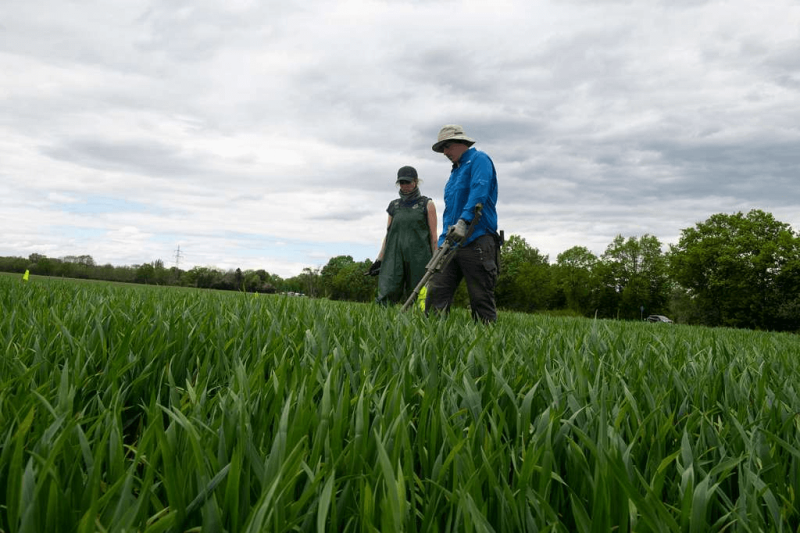All plants naturally produce plant-incorporated protectants (PIPs) to defend themselves against bugs, mites and other insects (as an example, think of the common indoor succulent called the Jade Plant). The EPA, however, extended onerous regulations developed for GMOs to non-GMO plant breeding techniques, like gene editing. These are the same breeding techniques that the EPA itself says are equivalent to conventional breeding, so why add this additional regulatory burden? The EPA’s logic here is deeply flawed.
It’s an even bigger blow to small and mid-size plant breeders. The burdensome EPA rule all but guarantees that only the biggest companies can navigate and afford the path through the layers of bureaucracy. This encourages consolidation and discourages new market entrants like startups and public-private partnerships. Smaller acreage crops, like small grains and forages, will see reduced innovation as the new rule raises the economic threshold for investment.
This highlights a confounding challenge for seed companies and farmers; this constant pressure to produce more food, fuel, fiber and feed while doing so on less land, using less resources and now with restrictions on technology. There won’t be a 21st century lifestyle with plant breeding and farming tools from the 1800s.
There have been incredible innovations in plant breeding since the 1990s. Those technologies have trimmed the use of insecticide, herbicide and reduced the impact on non-target and beneficial insects. At the same time, corn yield has improved by 71% (from 100.7 bushels per acre in 1993 to 172.3 in 2021) and soybeans have increased by 52% (from 32.5 bushels per acre in 1993 to 49.5 in 2021), per the USDA. It’s an amazing story of how technology and innovation have contributed to climate-smart solutions for decades. Farmers have enthusiastically adopted these technologies as they get the side benefits of handling less chemical and spending less time scouting and spraying.
The EPA claims its mission is “protecting human health and the environment.” So how exactly does making it harder to reduce spraying insecticide help accomplish that?
Jeffrey Schweigert is President at Gro Alliance and a board member of ZeaKal. Follow Jeffrey on LinkedIn





























